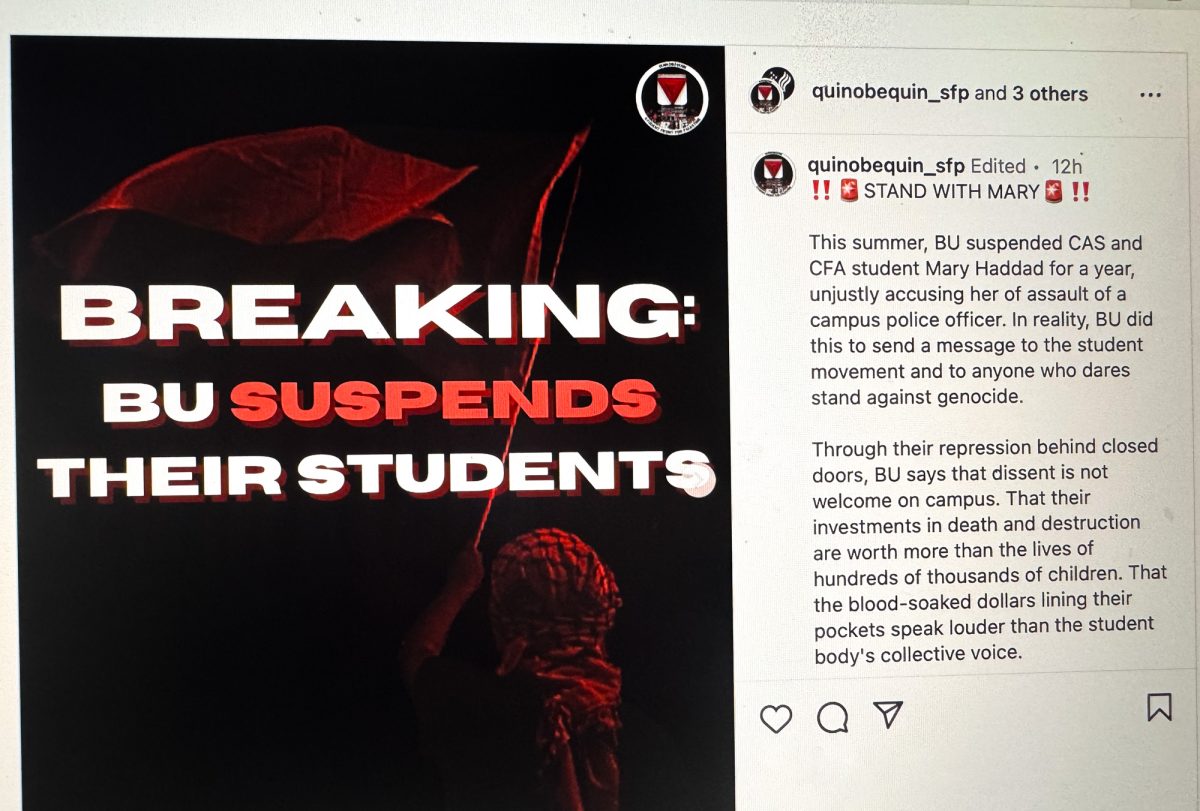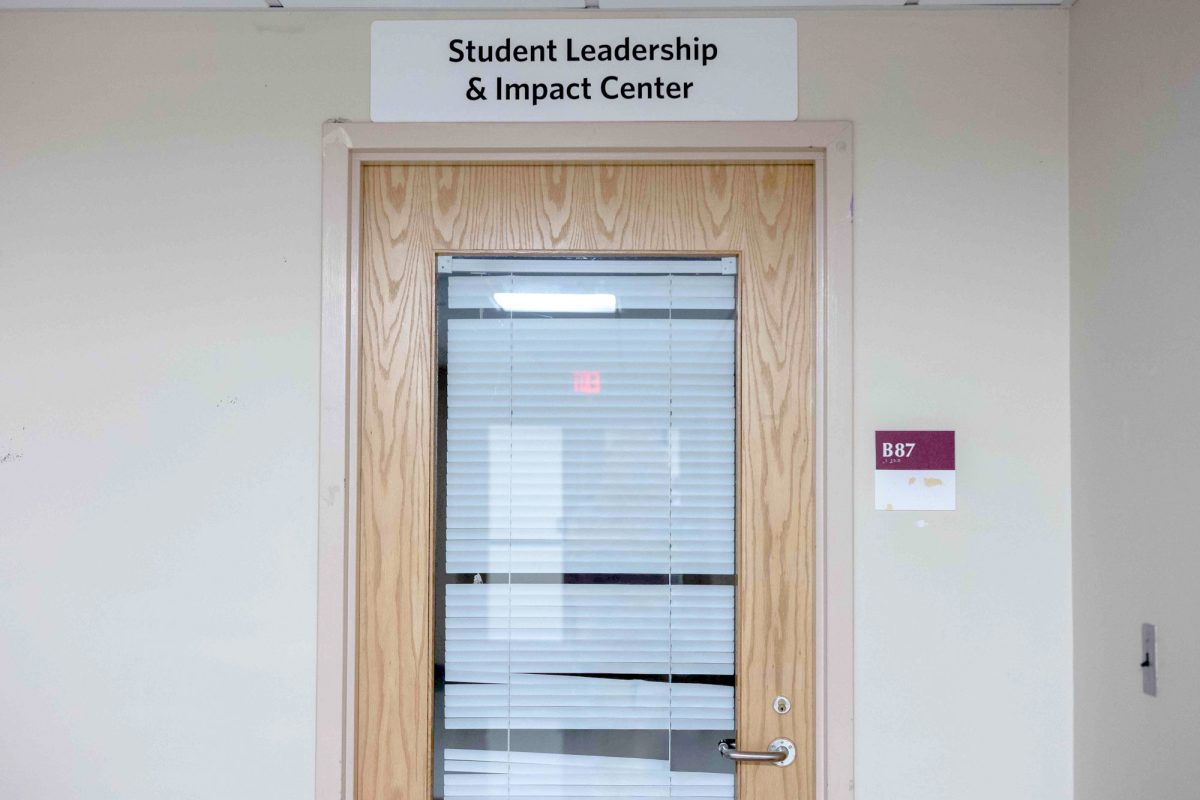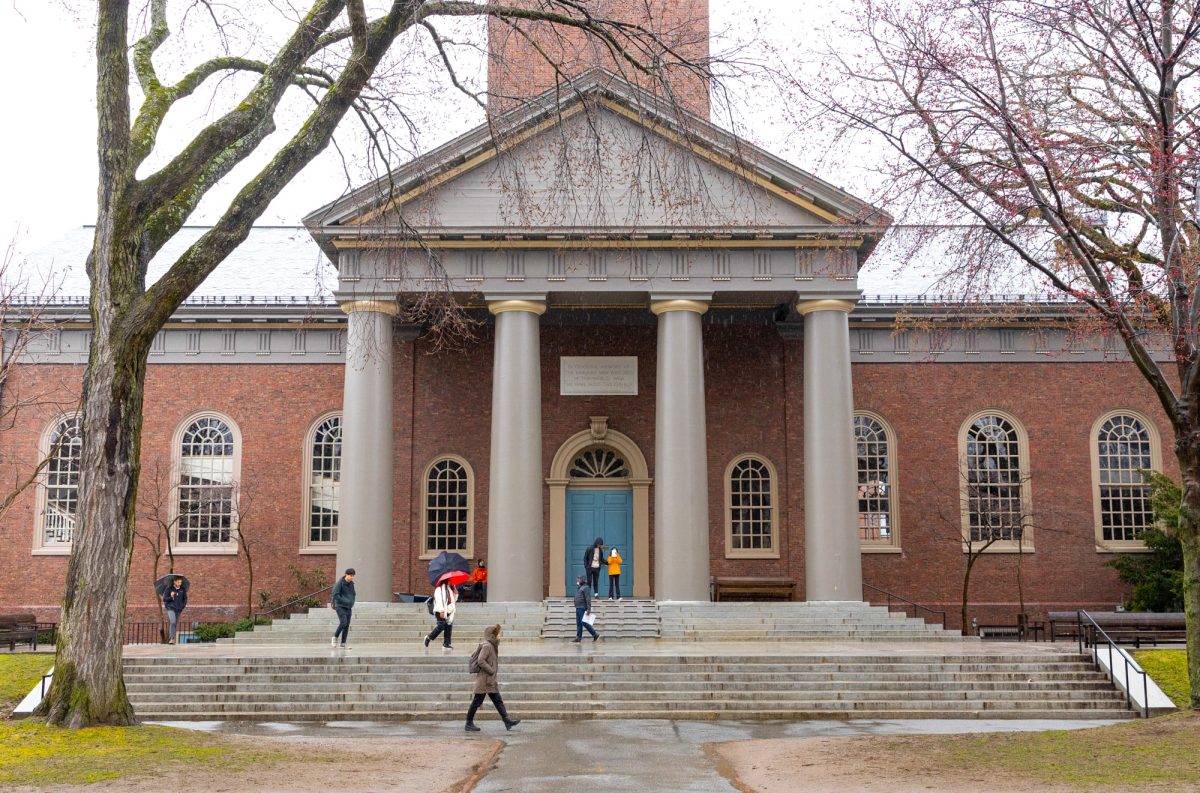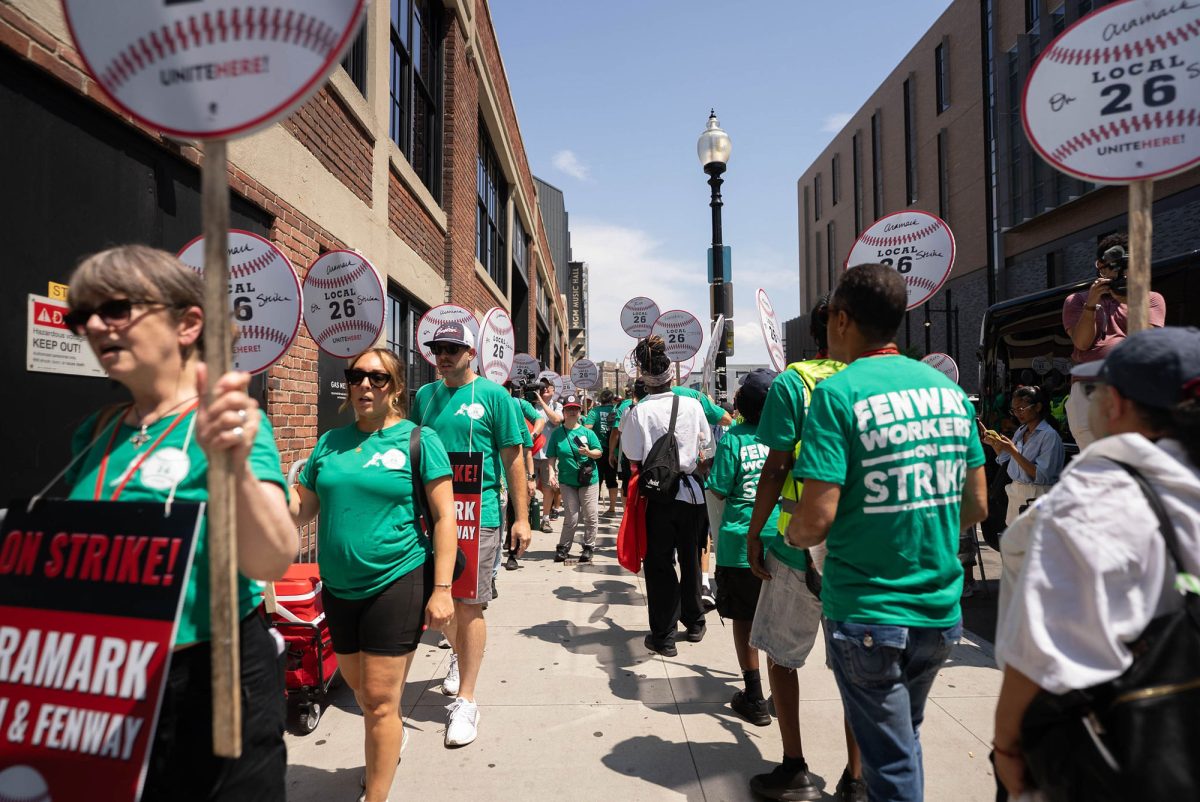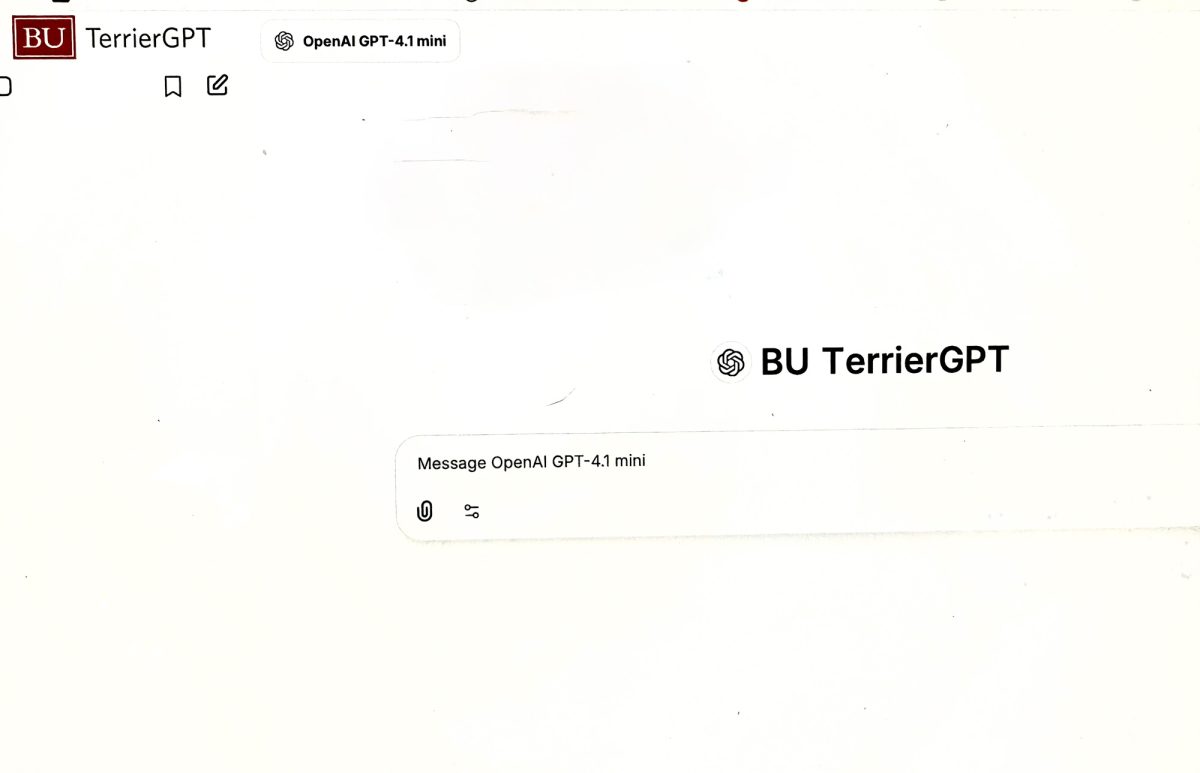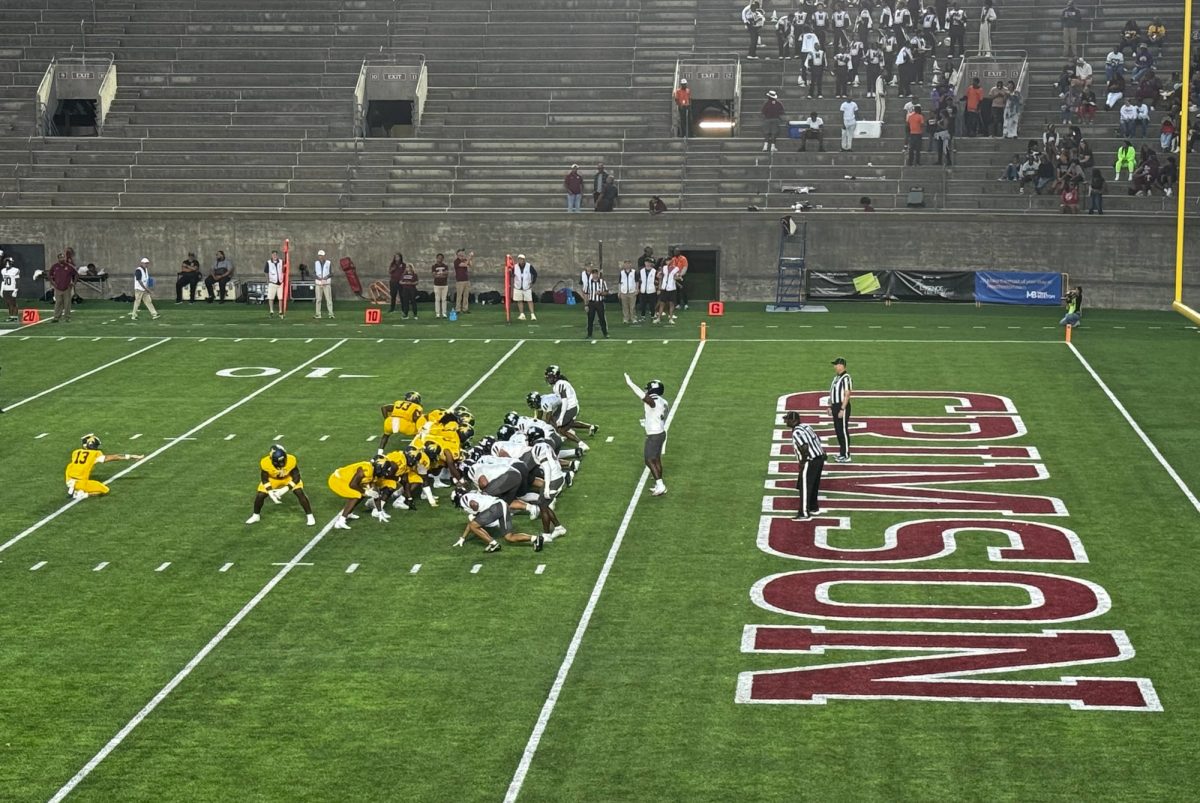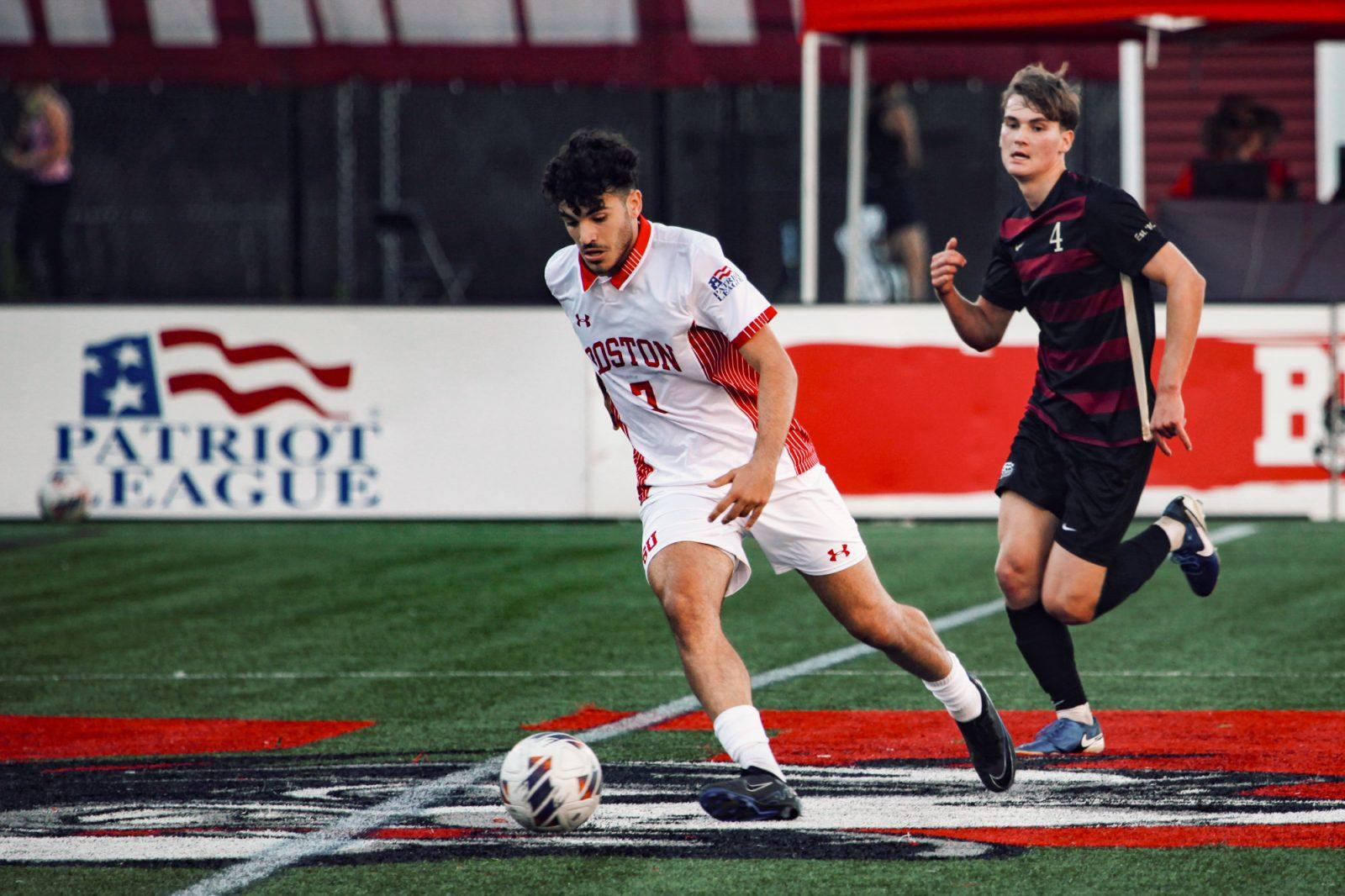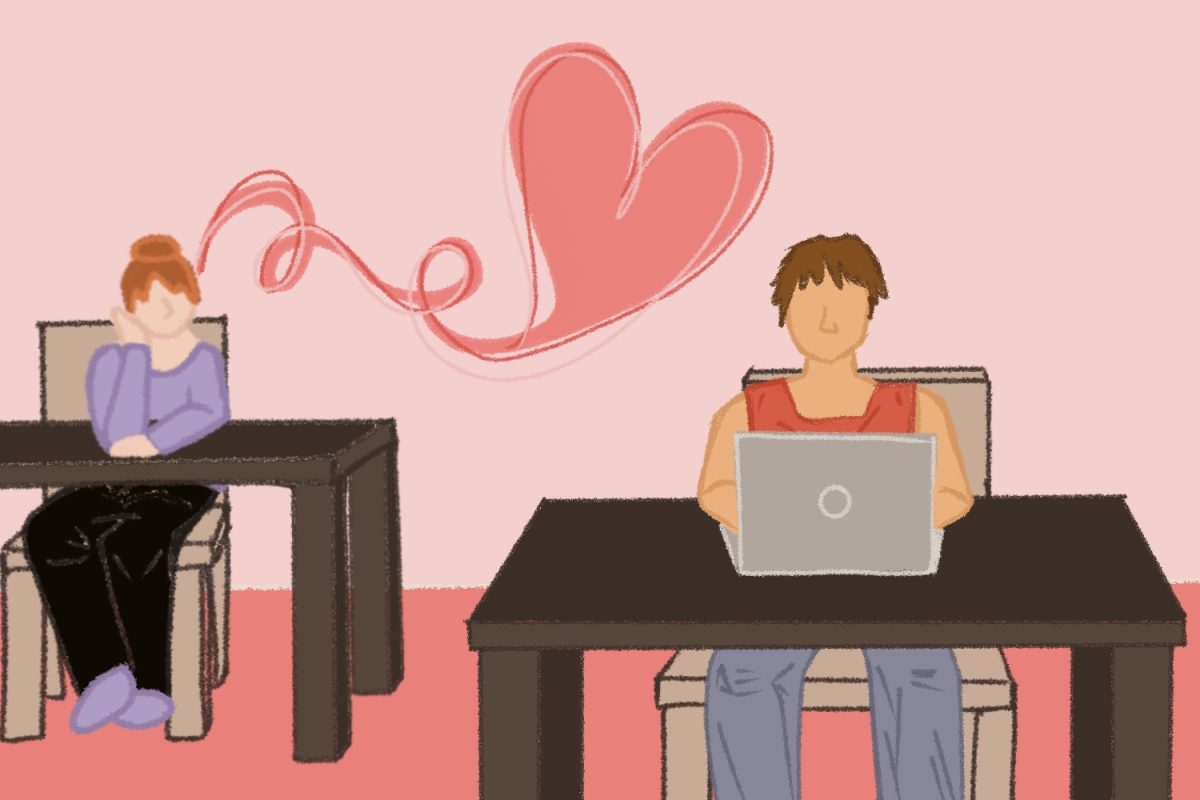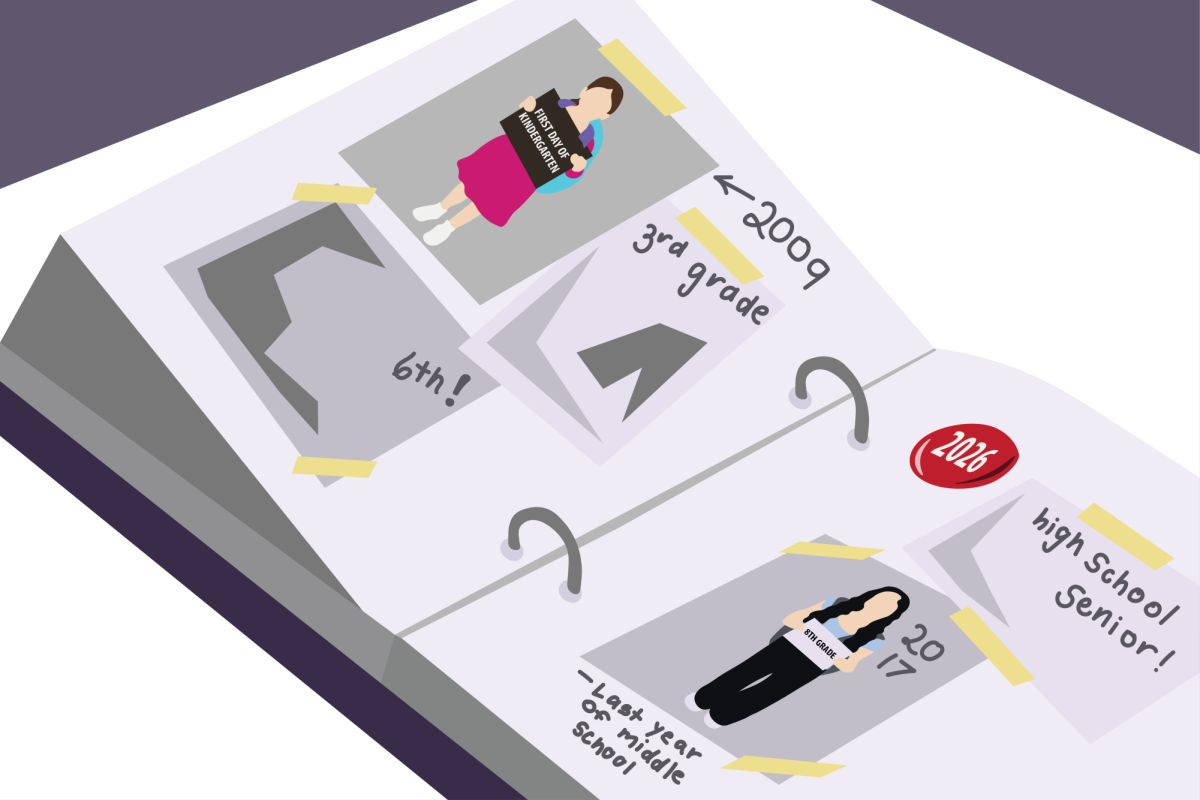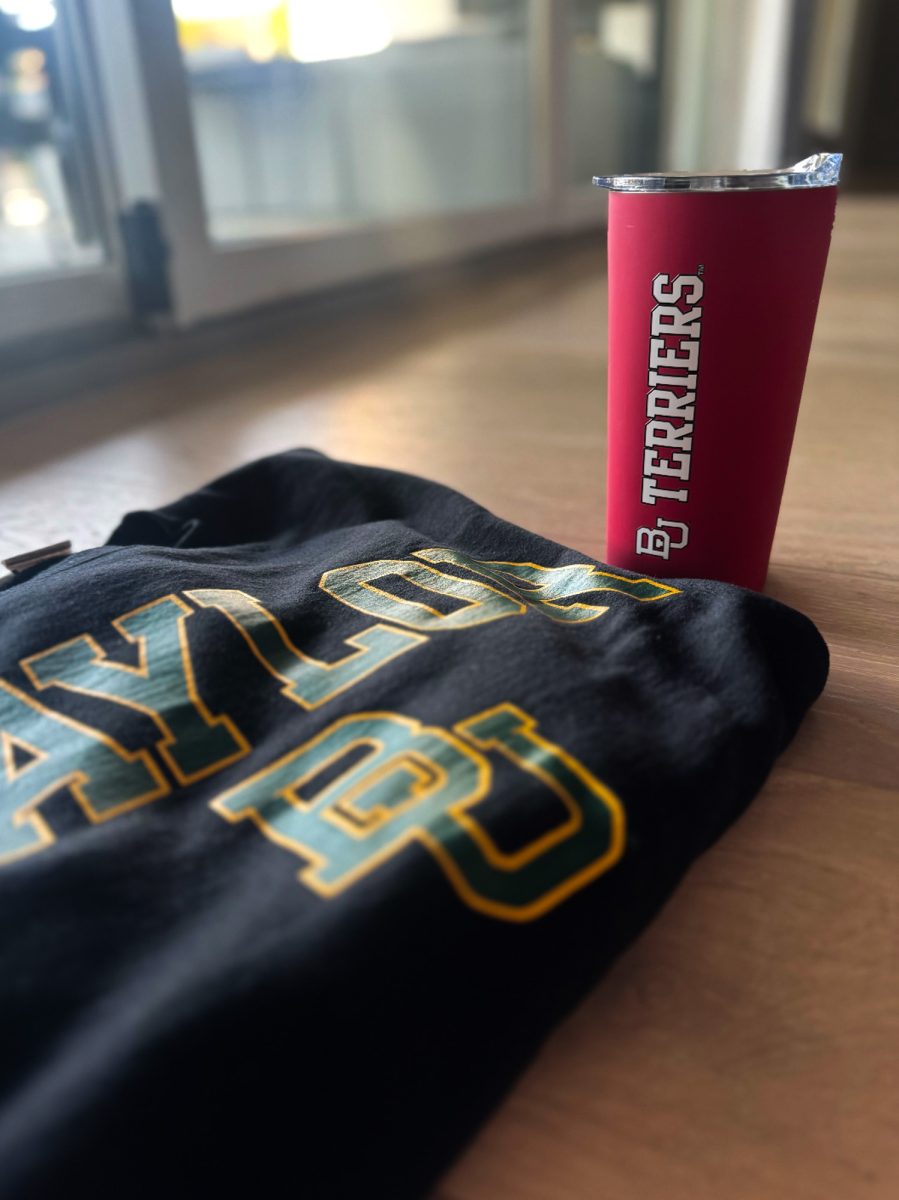A Boston University professor was awarded a $2.75 million grant to conduct research on an advanced hearing aid.
The grant, which was issued by the National Institute on Deafness and Other Communication Disorders, was given to Sargent College of Health and Rehabilitation Sciences professor of speech, language and hearing sciences Gerald Kidd, according to a Tuesday press release.
“Awards from the National Institutes of Health agencies such as the are extremely competitive,” said Melanie Matthies, senior associate dean of SAR. “Many excellent proposals do not get funded, therefore Sargent is especially proud of Professor Kidd and our other NIH funded faculty.”
The Visually Guided Hearing Aid, which will be developed by both Kidd and communication research and development corporation Sensimetrics, will feature both a microphone array and an eye tracker to address voids left by existing hearing aids, Kidd said.
“It [the VGHA] has two main components,” he said. “… What we have done is combine the two [microphone and eye tracker] so that we put a portable eye tracker on the person wearing the aid, and we steer the beam that’s created by the microphone array according to where their eyes are trained.”
Before he was awarded the NIDCD grant, Kidd said he relied on internal funds from BU and a grant for hearing loss, through which he was able to purchase a portable eye tracker and gather preliminary data that was published by The Journal of the Acoustical Society of America.
“Once we had the article published, we had something we could use for the grant proposal that was successful,” Kidd said. “Prior to that, we had limited data we put into our proposals, but this is the first grant to support this project.”
Though the VGHA seeks to improve hearing for the hearing impaired, individuals who do not suffer from hearing loss may find utility in the product, said Sensimetrics principal research scientist Joseph Desloge.
“This kind of system can be used for anyone who wants directional listening,” Desloge said. “Like if I, a normal hearing person, were at a party — and sometimes it’s just so loud that it’s hard to hear people — wearing this would help me focus in on a particular person I want to listen to. So one does not have to be hearing impaired to benefit from this system at all.”
Desloge said Kidd approached him for the project a couple years ago and worked with him to write the NIDCD grant proposal.
“He put together a big proposal that outlines the work we are going to do,” Desloge said. “The proposal was coming up with the research plan, writing it up and throwing it all together … I helped clarify and write the engineering part of building the system and some of the electro-acoustic measurements.”
At the end of the five-year grant, Kidd said he hopes to scientifically validate VGHA and see it be used by the hearing-impaired community.
“What we would hope is that the ideas and insights that we gain from this would be that a hearing aid company … would want to partner with us or take our ideas and develop it [VGHA] into a really useful product,” Kidd said. “I would love to see these being worn around in the environment and people getting benefits from them in five years.”

